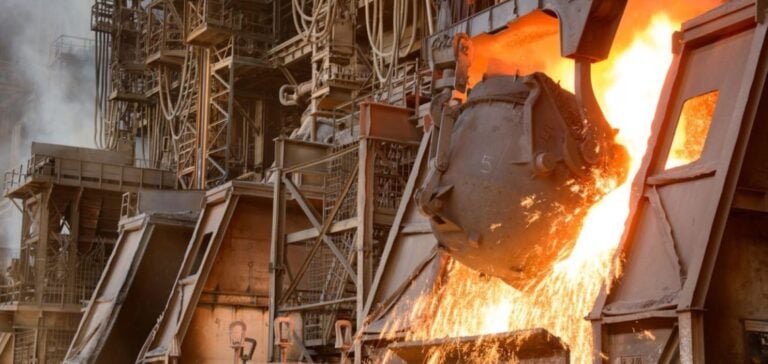The European Union (EU) must rise to the challenge of supplying its industries with competitive and secure energy to maintain its competitiveness on the world stage. Energy-intensive industries such as chemicals, steel, aluminum, copper and cement are vital to the European economy. Their production is directly impacted by energy costs, which have been strongly influenced by the recent energy crisis.
To remedy this situation, it is crucial to put in place a policy framework that promotes access to clean, affordable energy. A new European Industrial Pact could provide the necessary stability, enabling companies to invest in modernizing their facilities while remaining competitive. This Industrial Pact echoes the Green Pact, the European Union’s environmental roadmap.
Impacts of the Energy Crisis
The recent energy crisis has highlighted the vulnerability of energy-intensive industries to fluctuations in energy prices. Many companies had to cut back on production, with significant economic repercussions. According to theInternational Energy Agency (IEA), without the increase in photovoltaic and wind power capacity between 2021 and 2023, electricity prices would have been even higher, resulting in additional costs for industries and consumers.
It is therefore imperative for the EU to strengthen its energy infrastructure and diversify its energy sources in order to stabilize prices and guarantee uninterrupted supplies.
Synergy between Industry and Energy
The competitiveness of European industries is closely linked to their ability to access affordable energy. For example, steel production requires a great deal of electricity, and the cost of energy represents a significant proportion of its production costs. Similarly, the chemical and cement industries are heavily dependent on energy prices to maintain their operations.
To meet these needs, a European Industrial Pact must promote collaboration between the energy and industrial sectors. This includes investment in infrastructure for renewable energy production and regulation that promotes business competitiveness.
Investment and Partnership Strategies
Investments in renewable energy technologies and energy efficiency can help reduce costs over the long term. Strategic partnerships between energy producers and energy-intensive industries are essential to guarantee stable supplies at competitive cost.
In addition, it is crucial to develop policies that encourage innovation and investment in new energy technologies. This will not only reduce energy costs, but also position Europe as a world leader in clean technologies.
The adoption of a new European Industrial Pact is essential to ensure the competitiveness of energy-intensive industries. By promoting stable energy policies and supporting investment in energy infrastructure, the EU can guarantee a competitive and secure energy supply, thereby strengthening its global economic position.






















